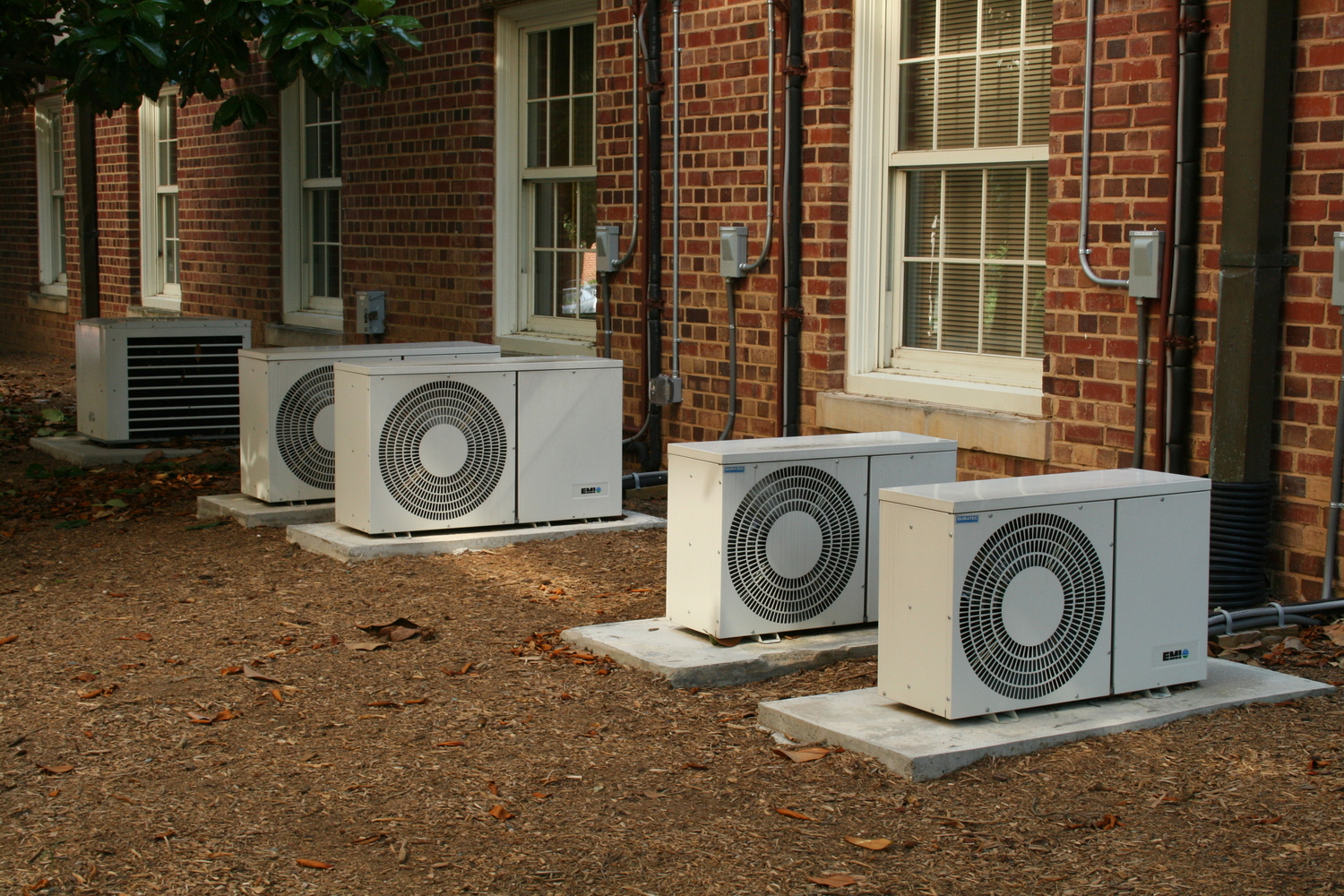Even in the UK air conditioning is becoming more and more popular, and in parts of the world with a less temperate climate it is a huge use of energy, along with other forms of cooling for fridges and server farms adds up to a huge amount of power use. At the same time a large amount of potential work is wasted from low grade heat from industrial processes, and for that matter the sun is being wasted.
 One way of taking advantage of this is an adsorption chiller. These work by having 2 chambers covered with silica gel which attracts water molecules onto its surface a bit like a sponge, so dries out the air. One of these is opened to whatever you want to cool which is covered with water. The water evaporates in one place cooling it, and then condenses on the silica gel allowing more water to evaporate. Eventually the gel becomes saturated, at which point you use the other chamber to adsorb the water. Meanwhile the original chamber is heater to 70-80°C drying it out, and the water is recondensed on a cooler surface and recycled.
One way of taking advantage of this is an adsorption chiller. These work by having 2 chambers covered with silica gel which attracts water molecules onto its surface a bit like a sponge, so dries out the air. One of these is opened to whatever you want to cool which is covered with water. The water evaporates in one place cooling it, and then condenses on the silica gel allowing more water to evaporate. Eventually the gel becomes saturated, at which point you use the other chamber to adsorb the water. Meanwhile the original chamber is heater to 70-80°C drying it out, and the water is recondensed on a cooler surface and recycled.
These can cool water or air down to about 4°C using a tiny fraction of the electricity of a conventional cooler, but they are normally at least 4-5 time larger so are often impractical or uneconomic to use widely.
Peter McGrail and his team are working on replacing the critical silica gel, they are constructing materials made up of metals in organic molecules which can be engineered to self assemble into very open structures with a huge surface area, should mean that the material can absorb 3-4 times more water than the silica gel weight for weight. Plus the strength of the water molecule binding to t the surface can be tuned. Allowing them to optimise this to the temperature of the waste heat you are using and how cold you want to cool to making the process much more efficient.
This opens up the possibility of cooling computer server farms with waste heat from a power station, or even having air conditioning powered by the heat of the sun.









Comments
Add a comment